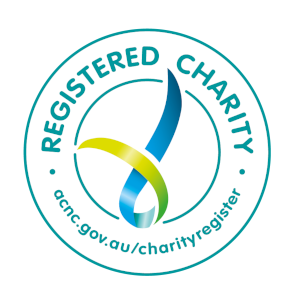Have you ever wondered what it would be like to sleep rough? In my previous work, I regularly met an ever-increasing number of people sleeping on the cold concrete in breezy carparks, on wet grass, under bridges, in the bush and in alleyways.
Nightly decisions are made about current risks and whether it’s safer to sleep in full view or isolated and out of sight. Many people experiencing homelessness remain vigilant during the night, sleeping with one eye open to minimise the likelihood of assault, stolen possessions or being moved on by security guards or rangers.
I often try to put myself in this position, counting down the hours until the sun comes up and service opens to get a warming coffee, to feel safe. People often show up in the mornings needing care for bloody faces, broken teeth and bones and masses of tick and mosquito bites.
Support services do what they can, though other options are limited. Local hospitals can be a very long walk, especially with injuries. With no money for transport, and fearing judgement or rejection, people experiencing homelessness often choose not to seek medical attention or report crimes against them to police.
All that and more – now imagine trying sleeping rough and living with a disability! Rough sleepers can also be wheelchair users, people with vision and or sometimes also with hearing impairments.

Some may have an intellectual disability, some are receiving cancer or a range of other medical treatments. Many have complex mental health issues, they may have substance use disorders, are survivors of complex childhood trauma or have experienced other forms of violence and abuse.
With already limited choice and control in their lives, people can be further restricted by Treatment Orders and/or Guardianship arrangements. A common assumption is that people become homeless because of mental health or substance use issues.
It is much more likely that these conditions are caused by the circumstances that led to homelessness and the high levels of psychological distress involved in surviving it. Alcohol and other drugs are sometimes a much-needed escape from the trauma and distress that people have experienced before or while homeless.
Homelessness of all types is rapidly increasing across Australia. Disability, discrimination, stigma, and lack of services and supports add to the difficulties and barriers that people experience. The majority of people will find accommodation again in the short or long term and so homelessness is an experience, not an identity.
Homelessness can happen to anyone, many people in our communities are just a few life crises away from homelessness. If it happens to me, please see me, give me a smile, say hello – person to person.
Contact Angela van den Berg, Gai Newman and the rest of the Community Engagement team at This email address is being protected from spambots. You need JavaScript enabled to view it.. IDEAS believes in Social Justice, Consultation, Integrity, and Innovation.



